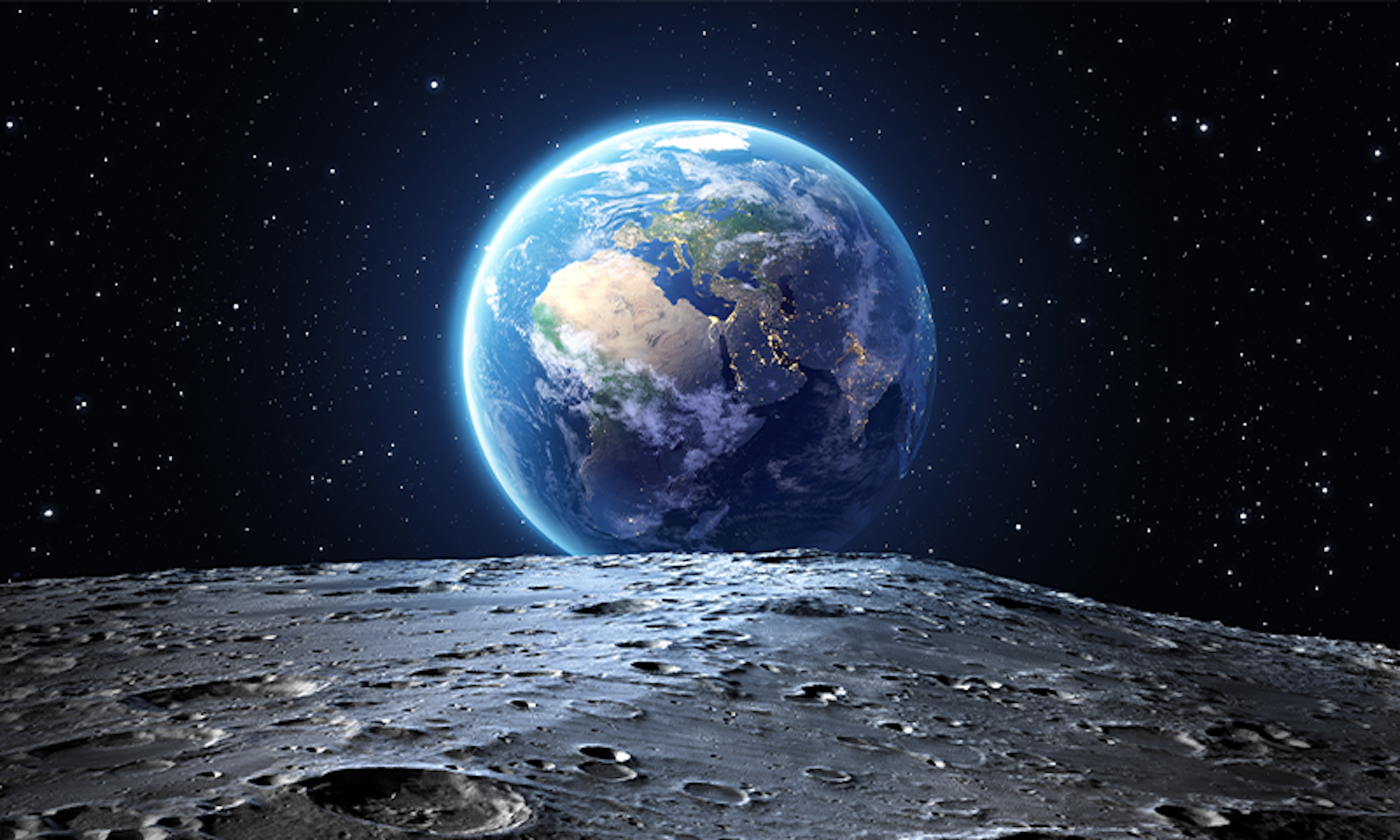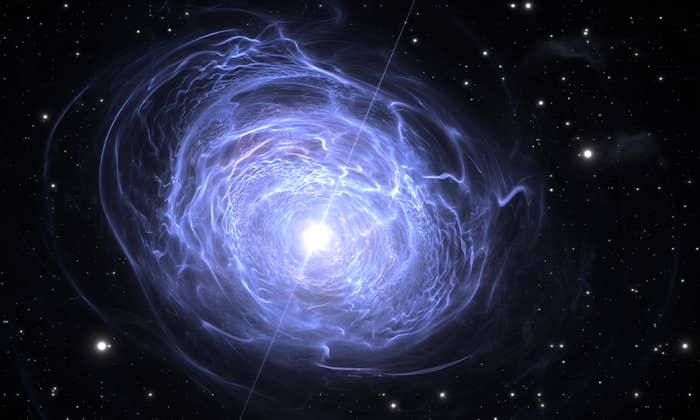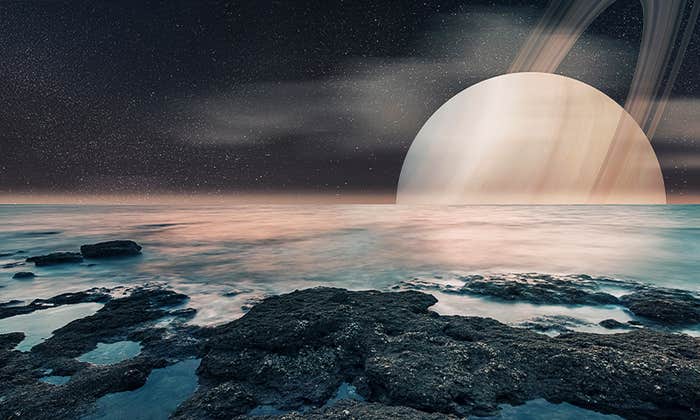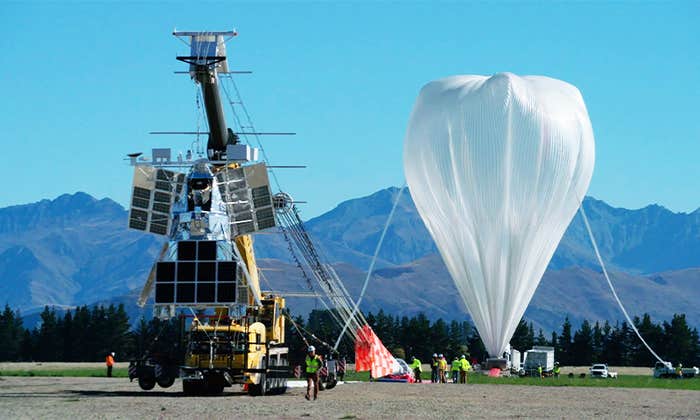This August, a Russian rocket is scheduled to leave Earth bound for the south polar region of the moon. It will be carrying Luna 25, a lunar lander charged with the mission of better understanding our rocky satellite’s surface. NASA has a similar planned mission, scheduled to launch in November. And India’s latest lunar lander, scheduled for launch in July will likely do some digging around in the dust, too.
Why the sudden surge in global interest in the surface of the moon—which might seem rather, well, uninteresting, save for a few footprints and a couple of golf balls?
Billions of years of impacts have ground it into a fine, sharp-edged powder.
It turns out that the surface of the moon is full of mysteries, particularly its fine dust covering. In the lunar soil, scientists hope to find clues about the formation of our solar system and glean answers about what other worlds might be like. It is also the destination for a new generation of crewed missions and the most likely site for the first permanent off-world human outpost. So not only will we want to learn how to live with this vexing substrate, we’re also going to need to learn how to build with it. In other words, we’re going to have to get our hands dirty.
Or maybe, we’re going to have to get our hands regolithy.
“Regolith”—coined in 1897 by geologist George P. Merrill—comes from the Greek words for “blanket” and “rock,” and refers to a loose, unconsolidated covering of jumbled rocks and fine particles. We have it here on Earth in spades, though we tend to call it by different names: soil, alluvium, volcanic ash, and so on.
But on the moon, we just have … regolith. And the moon’s regolith is entirely—physically and chemically—unlike anything we know here on Earth.
Over the years, we’ve learned a little about this strange material. We’ve learned from astronauts that it smells like gunpowder and that it is very sharp. We’ve even been able to bring some back to Earth to study. In 2020 the Chang’e 5 mission, launched by the Chinese space agency, successfully returned roughly 2 kilograms of lunar samples to Earth. More than 50 years ago, three robotic Soviet Luna probes brought back 326 grams, and the six successful NASA Apollo missions returned 382 kilograms (which were sadly contaminated—the gritty lunar dirt cutting through the original containers, exposing them to Earth’s air and moisture, permanently altering them).
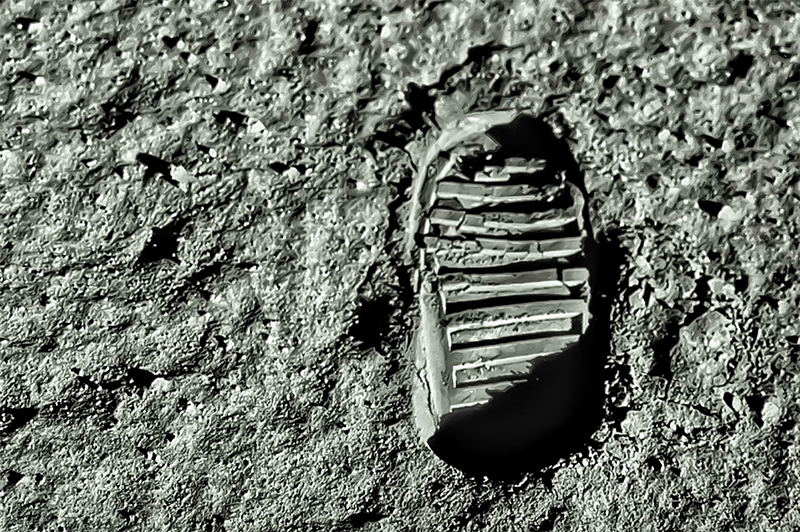
Lunar regolith has its origins back when the moon’s surface was full of active volcanoes a few billion years ago. Unlike on Earth, though, this rock was never subject to wind or rain, which ground down bits and pieces of rock through mechanical weathering. Instead, it has been subject to its own sort of weather: space weather, which is far harsher than anything our fertile loams are accosted with.
The majority of lunar regolith was once composed of much larger, more solid blocks. But billions of years of impacts have ground it into a fine, sharp-edged powder. Gigantic asteroids and comets have struck the moon for ages, blasting away entire craters and sending material scattering across the surface (and in some rare cases, all the way to Earth). In addition to breaking down rock, those impacts also generate enough heat to create molten pebbles that cool before they reach the surface again, embedding themselves in the regolith as microscopic glass-like beads, which were visible to the Apollo astronauts as red dust just under the surface. And besides the occasional massive impact, the moon constantly suffers bombardment from micrometeoroids, where the same process plays out at a much smaller scale, pulverizing any impacted material into fine dust.
The sun, too, plays a role. Without an atmosphere, the moon experiences temperature swings of hundreds of degrees, starting chemical reactions and shutting them off in turn. And then there are the cosmic rays, tiny charged particles barreling into the solar system at nearly the speed of light. When they strike, they leave microscopic havoc in their wake, burrowing deep into the regolith and leaving a trail of altered chemicals behind.
The end result is that lunar regolith is much more rich in metals like titanium, magnesium, calcium, and iron than typical Earth crust, but relatively lacking in silicon and oxygen, which makes lunar-based industry and farming a complex, uncertain business.
When it comes to the moon’s rocky, dusty surface, we still have many more questions than answers. All of our understanding is based on the paltry samples we’ve been able to acquire so far (which, to be fair, represent the only samples from another world that we have returned to Earth for study) and remote observations from orbiting satellites and Earth-based telescopes.
We still don’t know how cosmic rays and solar radiation interact with familiar molecules to transmute them into strange new combinations. We still don’t know what the preserved record of lunar bombardments—in the form of hundreds of craters—tell us about the early days of the solar system. For that matter, we still don’t know how the moon formed in the first place. Finding answers to these questions can help scientists piece together more details about how our solar system formed. It could also help us understand more about the universe beyond our orbit. The moon is a cosmic laboratory, the most easily accessible place in the solar system where we can directly study the properties of another world different from ours.
If we’re going to live on the moon we’re going to have to put its regolith to work for us.
And we have a lot of ground to cover. The moon has a surface area of more than 14 million square miles—about equivalent to the land area of Russia, Canada, and the United States combined. Given the gargantuan task of surveying, digging, and studying so much more of the moon’s surface material, engineers and scientists have devised some clever solutions. For example, the EmberCore Flashlight, which recently won a grant from NASA’s Innovative Advanced Concepts program, uses the x-rays and gamma rays naturally produced by a future rover’s radioactive power source to illuminate the lunar surface, revealing valuable information about surface properties far outside the normal reach of a rover.
Ultimately, there is no replacement for human exploration though. The next generation of lunar scientists will be orders of magnitude more capable, swift, and adaptable than our landers and rovers. But they are going to have a tough time navigating the harsh realities of lunar dust.
For one, lunar regolith lacks the oxygen that’s churned into Earth’’s soil—but has an overabundance of heavy metals, making it a poor substrate for plant growth. Plants can technically grow in lunar regolith, but they don’t exactly come out healthy. Future lunar settlers will have to make do with either large-scale hydroponics or engineer massive processing to make the regolith more oxidized and suitable for farming.
Besides that, lunar dust has been ground to an extremely fine powder, akin to talcum, after billions of years of constant solar and cosmic assault. It sticks to everything, manages to work its way through the tiniest of crevices, is surprisingly abrasive, and is generally very bad for lungs, skin, seals, and machinery.
But if we’re going to live on the moon, we’re going to have to not only make peace with its regolith but also put it to work for us. The moon’s surface is a harsh environment, and any future human settlement will require extensive habitats. We simply won’t be able to loft every floor, wall, roof, support beam, and rafter from Earth. The expenses of orbital launches will prevent that kind of large-scale deployment for generations. If we’re going to build habitats, warehouses, roads, and all the various structures associated with human civilization, we’re going to have to source a lot of the material much more locally.
In 1985 a geophysicist at the University of Pittsburgh, Larry A. Beyer, conceived of “Lunarcrete,” a way to turn the moon’s regolith into concrete. Like any concrete made on Earth, it’s composed of an aggregate, water, and cement. Regolith would provide the aggregate, and there’s plenty of it literally lying around the moon. Water is rather hard to come by, but it might be sitting in icy deposits in polar craters. The cement would come from calcium-rich deposits in lunar rocks. Experiments performed with Apollo samples have demonstrated the basic feasibility of the idea, but because of the lack of samples, further experimentation has stalled.
Other researchers have already sent simulated regolith to the International Space Station to study its ability to serve as a source material for 3-D printing. They hope that this work can lay the foundation for … well, foundations of lunar colonies using the moon’s rock itself, printed into a variety of useful shapes.
Although it seems far afield, we will need to take the first halting steps in understanding how to avoid the dangerous properties of extraterrestrial regolith and use it to our advantage, gaining the skills we need to venture farther into the solar system. And we are lucky to have the moon as our sandbox. ![]()
Paul M. Sutter is a research professor in astrophysics at the Institute for Advanced Computational Science at Stony Brook University and a guest researcher at the Flatiron Institute in New York City. He is the author of Your Place in the Universe: Understanding our Big, Messy Existence.
Lead image: Romolo Tavani / Shutterstock















